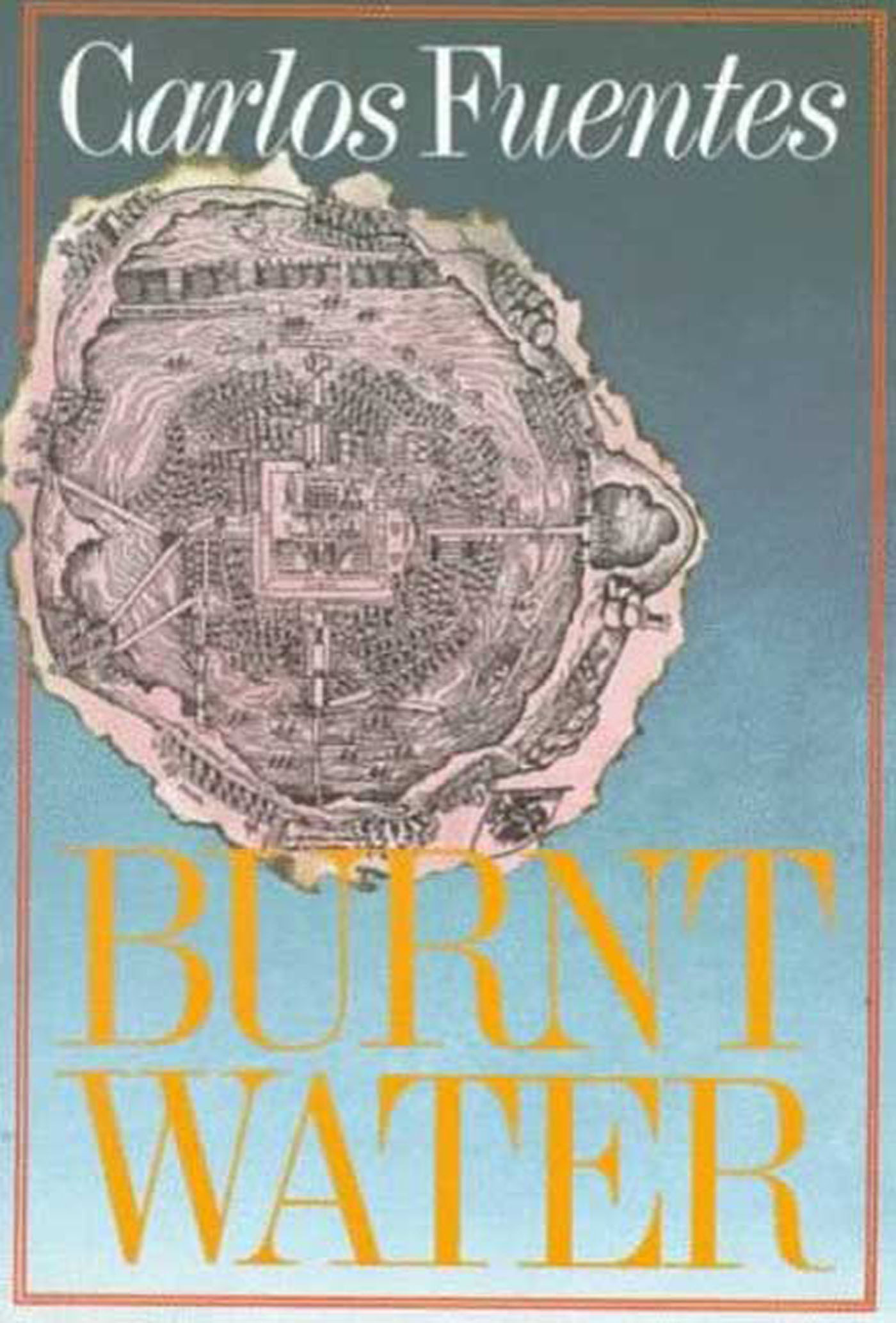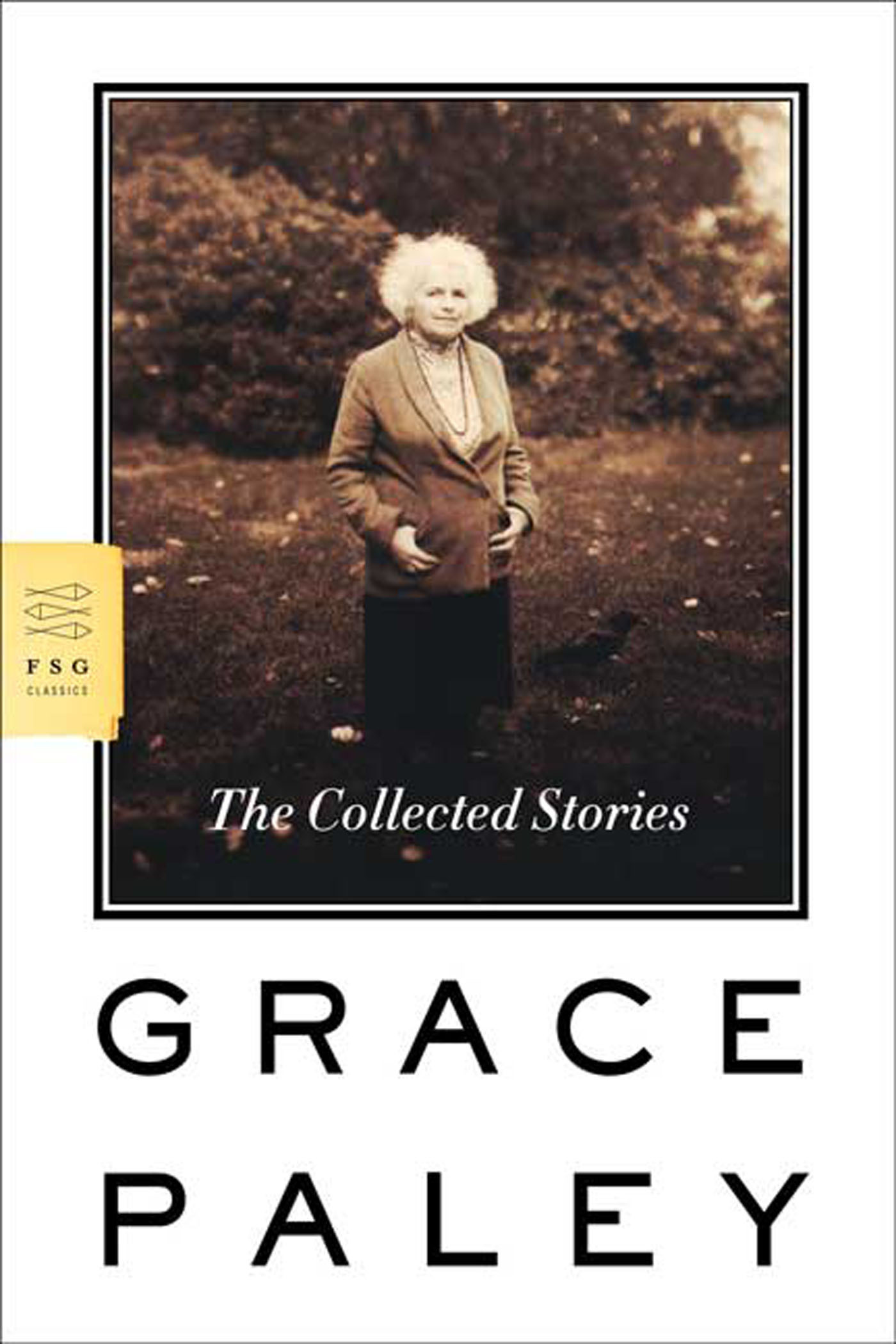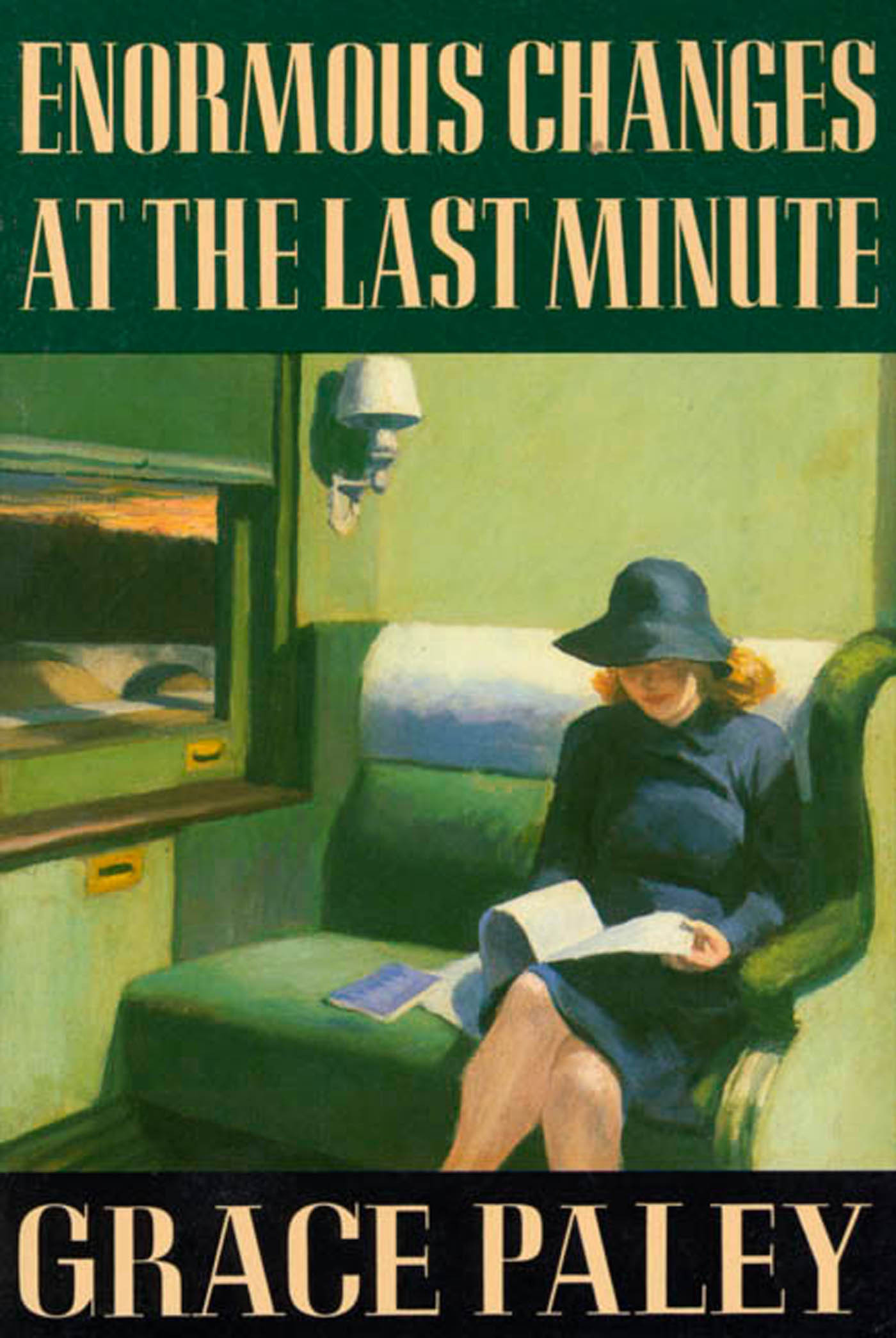Pharos and Pharillon
From the modern literary giant, author of Howard’s End and A Passage to India, comes a portrait of ancient and modern Alexandria in thirteen short essays.
Alexandria, Egypt, was at one point a trading hub and a cosmopolitan crossroads of the world—the axis of civilization. Yet, centuries later, its glory long faded. It was also the place where E. M. Forster, stationed there with the British Red Cross during WWI, fell in love with a young Egyptian man. Pharos and Pharillon is a collection of essays and articles Forster wrote about Alexandria, mostly written during that time and dedicated to that man, Mohammed el Adl.
Organized in two parts, the book begins with Pharos, the great Lighthouse of Alexandria, and seven stories that paint a poetic picture of the ancient city and its history. The second half, Pharillon, consists of four stories set during the British occupied Alexandria of the twentieth century. It includes Forster’s moving introduction of the Greek poet C. P. Cavafy to the English-speaking world. The division in the book is signaled by Cavafy’s now famous poem, “The God Abandons Antony.”
First published by Virginia and Leonard Woolf in 1923, Pharos and Pharillon remains an enlightening portrait both of the city and the author.
Alexandria, Egypt, was at one point a trading hub and a cosmopolitan crossroads of the world—the axis of civilization. Yet, centuries later, its glory long faded. It was also the place where E. M. Forster, stationed there with the British Red Cross during WWI, fell in love with a young Egyptian man. Pharos and Pharillon is a collection of essays and articles Forster wrote about Alexandria, mostly written during that time and dedicated to that man, Mohammed el Adl.
Organized in two parts, the book begins with Pharos, the great Lighthouse of Alexandria, and seven stories that paint a poetic picture of the ancient city and its history. The second half, Pharillon, consists of four stories set during the British occupied Alexandria of the twentieth century. It includes Forster’s moving introduction of the Greek poet C. P. Cavafy to the English-speaking world. The division in the book is signaled by Cavafy’s now famous poem, “The God Abandons Antony.”
First published by Virginia and Leonard Woolf in 1923, Pharos and Pharillon remains an enlightening portrait both of the city and the author.
Related






